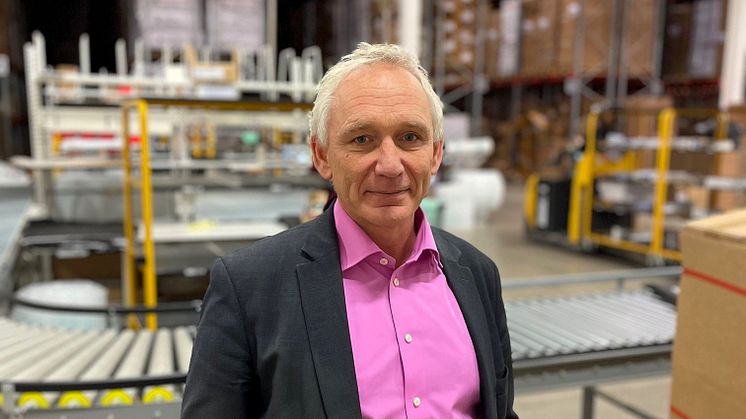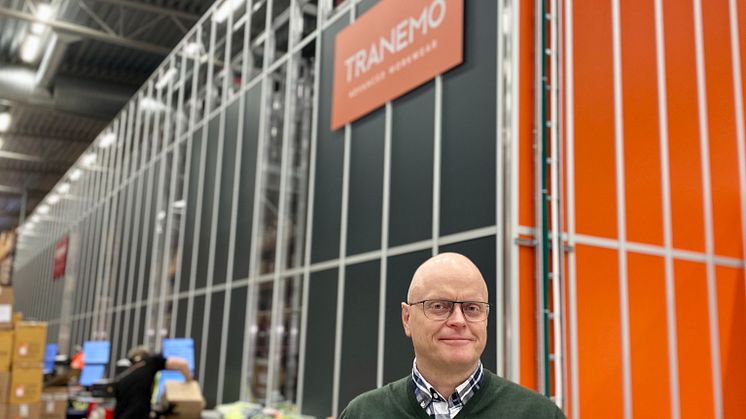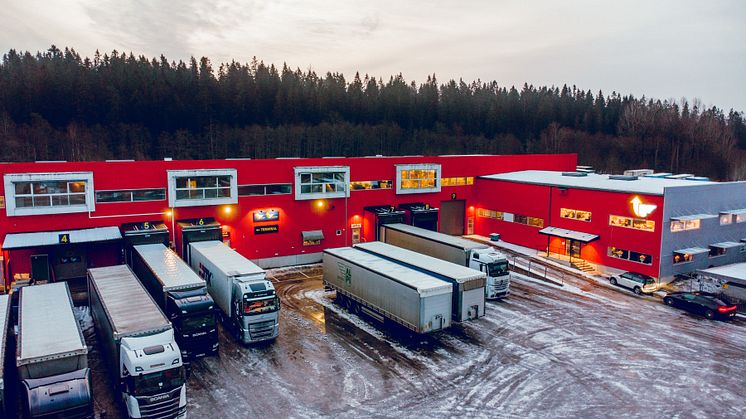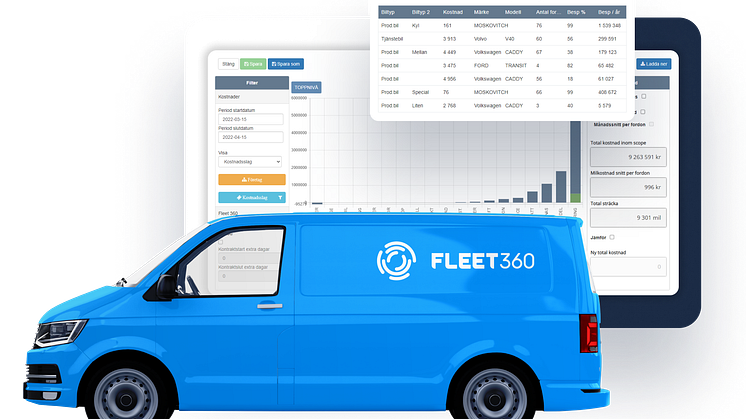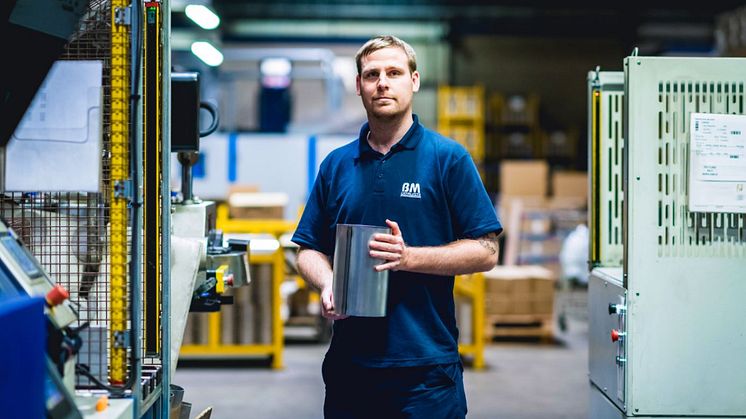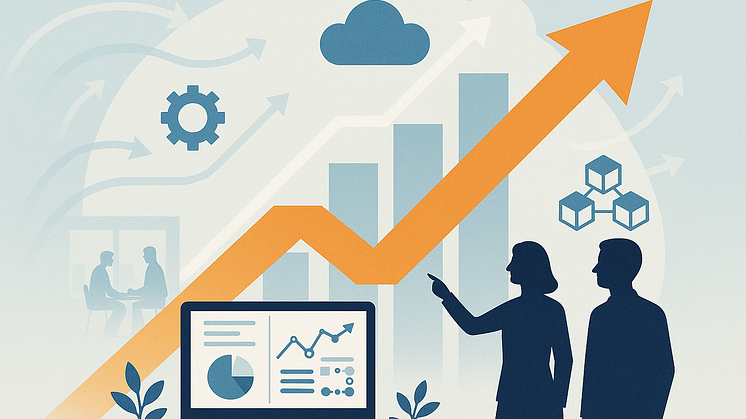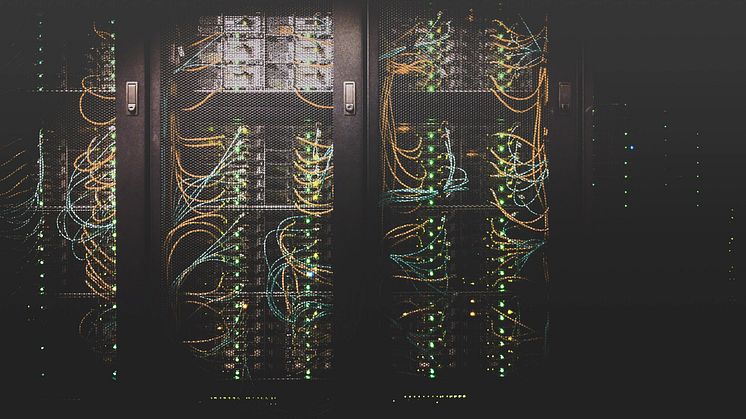
Blog post -
Sustainable IT: How Modern Integration Engines Reduce Your Carbon Footprint – Five Key Strategies
As sustainability becomes an increasingly important focus, companies must also consider the environmental impact of their IT solutions. A modern integration engine can play a crucial role in optimizing business operations while simultaneously reducing carbon footprint. By automating and streamlining processes, companies can cut down on energy consumption, scale down transportation needs, and lower unnecessary emissions.
Here are five ways a modern integration engine can contribute to a more sustainable IT environment:
- Automation to Reduce Resource Consumption
Manually managing data flows between different systems is both time consuming and energy intensive. Automating these processes not only lightens the workload but also reduces the need for physical resources, such as paper and energy hungry servers. A modern integration engine helps streamline data flows and improves operational efficiency, ultimately making businesses more sustainable.
- Optimizing the Supply Chain
Industries such as fashion are facing increasing pressure to provide transparency about their environmental impact. Companies must inform customers about their sustainability policies and take concrete steps to reduce emissions in production and logistics. An integration engine can consolidate data from suppliers, distributors, and e-commerce platforms to identify inefficiencies and reduce environmental impact. By optimizing transportation routes and reducing unnecessary stockpiling, businesses can save both energy and resources.
- Sustainable Return Management
Returns are a major environmental challenge, particularly in e-commerce. Products being shipped back and forth generate excessive transportation emissions. By integrating intelligent return management into IT systems, companies can improve logistical accuracy, reduce transportation needs, and optimize storage capacity. A modern integration engine enables businesses to reroute returns efficiently, ensuring products are quickly restocked or repurposed in a more resource efficient manner.
- Integration with Sustainability Platforms
Connecting IT infrastructure with sustainability monitoring platforms provides businesses with a clearer understanding of their environmental impact. This makes it easier to track and report carbon emissions, energy consumption, and other key sustainability metrics. A modern integration engine can also automate compliance with environmental regulations and provide companies with the necessary data to make greener business decisions.
- Reducing the Need for Physical Resources
Digitalization is one of the most effective strategies for reducing carbon footprints. By replacing physical documents, manual reports, and excessive data storage with smart integration solutions, companies can significantly lower their energy consumption. An integration engine enables businesses to manage data more efficiently, reducing the need for power intensive server capacity and physical archives.
A Step Towards a More Sustainable Future
Stefan Jörkander, integration expert and CEO of Connect Companies, emphasizes the importance of businesses taking responsibility for their environmental impact through modern IT solutions:
"With a platform like Blue Integrator, companies can not only streamline their processes, but also make a significant positive impact on the environment by reducing their carbon footprint. Implementing a modern integration engine allows businesses to operate more efficiently, while contributing to a more sustainable and eco-friendly future. As customers and partners increasingly demand sustainable solutions, this becomes a key competitive advantage – and a tangible step towards more responsible business practices."


